Bell Bottom Blues: Five Modern Effect Pedals That Recreate Groovy '70s Sounds
Bell bottoms? Check. Blacklight posters? Check. Glossy photo of Marcia Brady? Check.
Strap into the Wayback Machine, Sherman! Today we're heading back to that glorious decade known as the 1970s to take a look at five great effect pedals that will transport your rig back to a golden age of guitar.
From the overdriven sounds of Jimmy Page and Tony Iommi to the out-of-this-world prog tones of David Gilmour and Alex Lifeson, the '70s were pivotal in creating some of the guitar sounds that are still being ripped off by today's class of rock guitarists.
Whether you're putting together the ultimate Pink Floyd or Led Zeppelin tribute band or just trying to add a bit of vintage flare to your modern-rock masterpiece, the pedals on this list are sure to help you recapture some of that groovy '70s magic.
This list was compiled by a group of Guitar World staffers including Gear Editor Paul Riario.
EarthQuaker Devices Bit Commander
Although synths would take over the air waves completely in the next decade, they were still an inescapable part of the ever-evolving guitar landscape of the 1970s.
Get The Pick Newsletter
All the latest guitar news, interviews, lessons, reviews, deals and more, direct to your inbox!
For its simple architecture and versatility, the Earthquaker Devices Bit Commander is our pick for the guitar synth you need in your arsenal. Handmade in Akron, Ohio, the Bit Commander proves a grittier alternative to the cleaner, slicker sounds of the Subdecay Octasynth or the POG.
In some ways, the Bit Commander is almost cheating in a list limited to five effects, as it doubles as a useful octave fuzz. The six control knobs — Sub, Down 1, Up 1, Filter, Level and Base — ensure a high degree of control and nearly endless potential for custom settings.
MSRP: $175 | Check out this pedal at EarthquakerDevices.com.
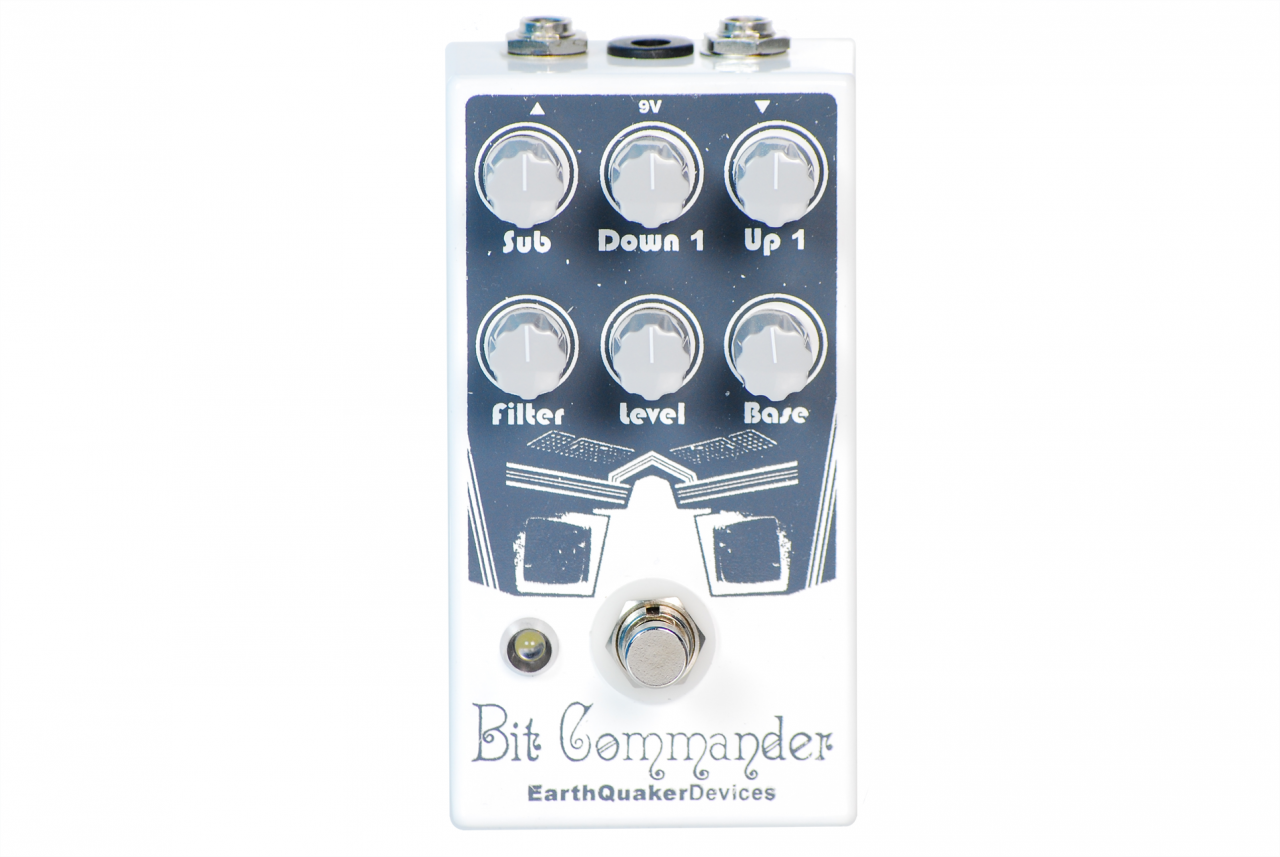
Hughes & Kettner Tube Rotosphere MKII
While the sound of a vintage Strat through a Leslie (a massive wooden cabinet outfitted with a revolving speaker) was ubiquitous in the early ‘70s, it might stir up some very distinct “Echos” of Pink Floyd, Peter Frampton, King Crimson and Necktar, not to mention chart-topping singles by Three Dog Night, Boston and Ringo Starr.
If you’re after that wavy, wet, rotating sound in 2012, it don't come easy (Ringo reference!). You could A. spend big bucks on eBay or B. wait for one to turn up on a New York City street corner (This actually happened to a friend of ours — someone was throwing away a vintage Leslie cabinet!). The good news, however, is that you could C., grab a Hughes & Kettner Tube Rotosphere MKII. It is, simply put, the best Leslie simulator on the market.
The pedal, which is pretty big in its own right and runs on an AC power adapter, has two rotation speeds plus deceleration and acceleration effects. It can be used in mono or stereo mode, which — no lie — makes it pretty much indistinguishable from an actual Leslie (Personal experience here — I have a Rotosphere, and my lucky friend has that NYC Leslie).
Side note: Yes, this is a ‘70s story, but for two tracks that offer pretty unadulterated examples of the real Leslie sound, check out a pair of ‘80s tracks by the Vaughan brothers: “One’s Too Many” by The Fabulous Thunderbirds featuring Jimmie Vaughan (1981) and “Cold Shot” by Stevie Ray Vaughan & Double Trouble (1984).
MSRP: $739 | Check out this pedal at hughes-and-kettner.com.
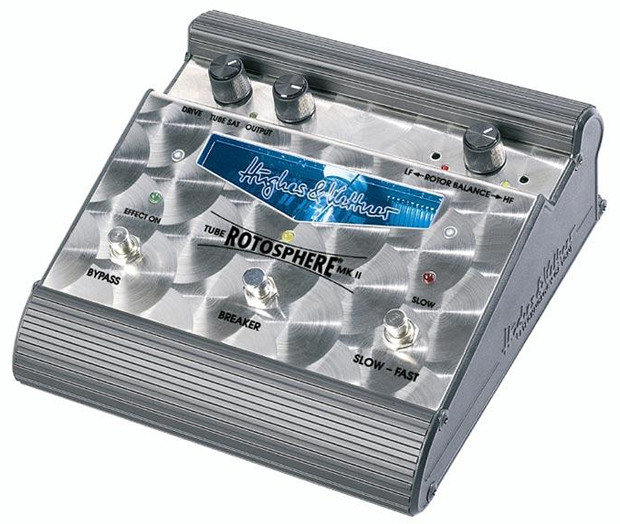
Danelectro Reel Echo
If you’re going for an authentic ‘70s sound (any part of the ‘70s, for that matter), you’ll need at least a touch of delay. And while you might consider this something of a curveball, we really like Danelectro’s Reel Echo pedal.
Low-budget rockabilly players love this thing because it provides a top-notch Cliff Gallup/Stray Cats-style slap-echo effect – but in general, its “all the good stuff minus all the annoying stuff” similarities to vintage (and/or incredibly expensive) tape echo machines makes it a winner for any kind of music.
Its long horizontal fader lets you choose the length of delay you’re after, and another switch let you choose a solid-state or tube-amp sound. There’s also a Warble switch that simulates tape-pitch deviations and a Lo-Fi control that lets you roll off the high frequencies. A lot of thought went into this thing!
NOTE: This pedal requires an AC adapter, which doesn’t come in the box; you need to buy it separately.
MSRP: $199 | Check out this pedal at danelectro.com.
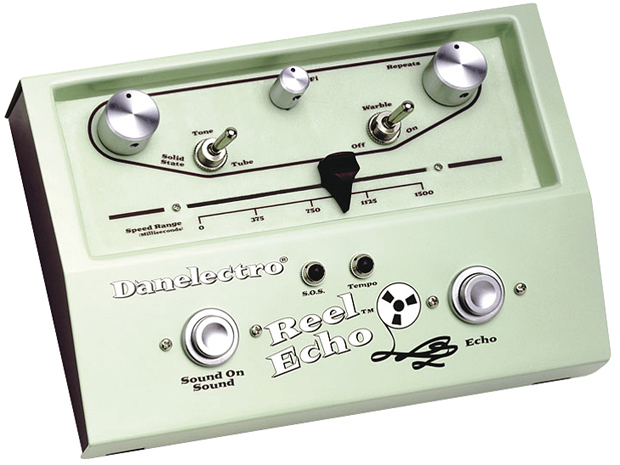
Electro-Harmonix Classics USA Big Muff PI Distortion
From warm, fuzzy bass sounds to cutting lead sounds, the Big Muff PI from Electro-Harmonix is really the epitome of that classic '70s distortion sound.
While Woodstock-era heroes like Hendrix and Santana were among the first to get their hands on the original Big Muff, the pedal is most definitely revered for its place in the '70s as an integral part of the rigs of David Gilmour, Ace Frehley, Ronnie Montrose and countless others.
Built like a tank, the Big Muff PI features controls for Volume, Tone and Sustain, which may seem a bit limiting to button-happy guitar geeks, but is really all you need to produce a wide array of vintage distortion and fuzz tones.
MSRP: $108 | Check out this pedal at EHX.com.
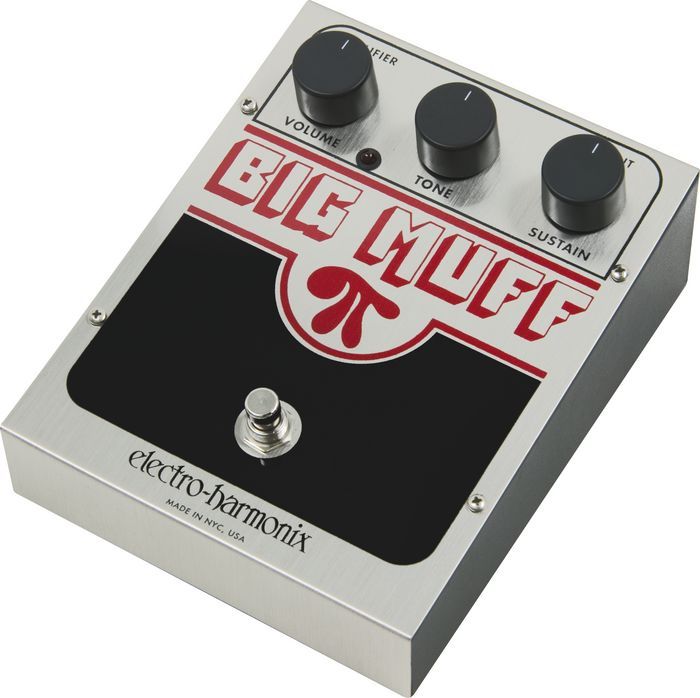
Right now, with more than 40 years of design experience and musical experimentation to draw on, we're in the midst of a golden age for guitar effect pedal users and makers. You can choose the original, pioneering vintage models or souped-up clones from more contemporary designers. In his comprehensive guide, Guitar Effects Pedals - The Practical Handbook, Dave Hunter spells out the pros and cons of both. Check it out now at the Guitar World Online Store.
MXR M-134 Stereo Chorus
The ‘70s might be gone (Wait, it's been confirmed — they’re gone), but one of the decade’s most popular guitar effects — chorus — never really went away. It’s a mainstay on ultra-modern modeling amps, and scores of experienced guitarists still consider it a pedal-board must.
MXR (made by Jim Dunlop) makes one of the best stereo chorus pedals on the market, the M134. This sturdy, good-looking pedal really will “remind you how cool chorus can be,” as the MXR press material says.
There’s a lot of tone-shaping capability here; you can get started with the Rate and Width knobs then go crazy with the Intensity knob. Despite its name, you can get some great mono chorus as well, but don’t forget those stereo outputs. Another nice feature is the fact you can EQ your voicing with the Bass and Treble controls.
MSRP: $314 | Check out this pedal at jimdunlop.com.
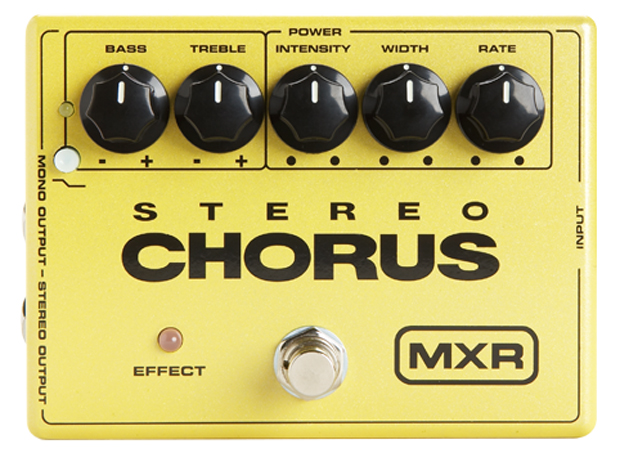
Can't get enough gear? Check out the 2013 Guitar World Buyer's Guide. It's available now at the Guitar World Online Store.










